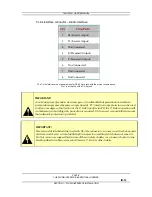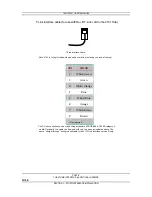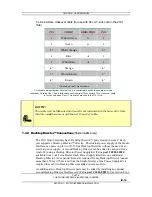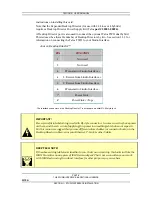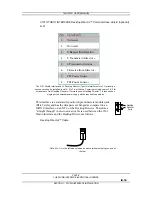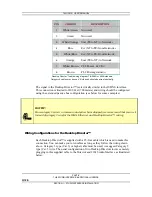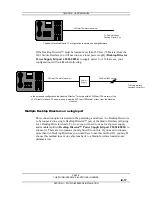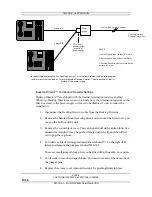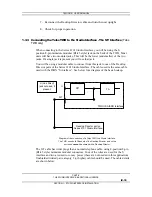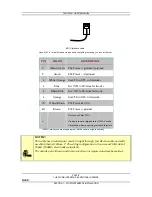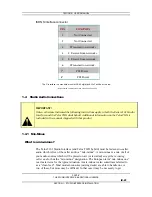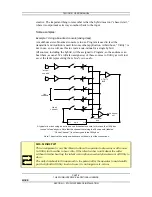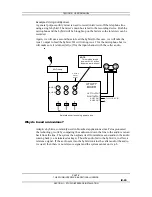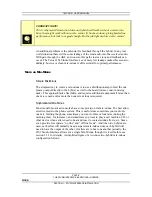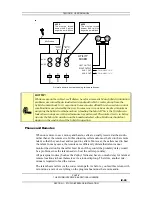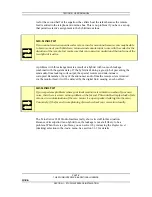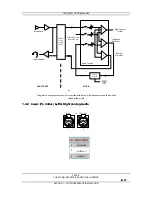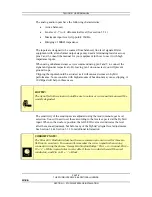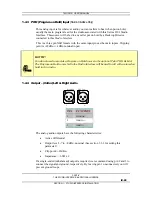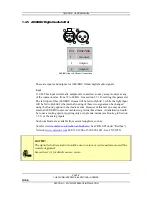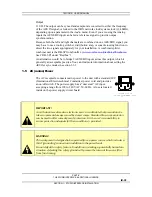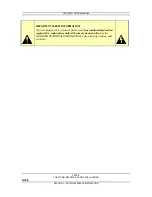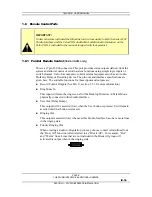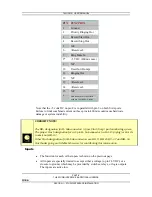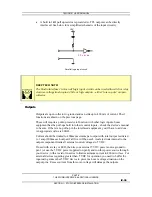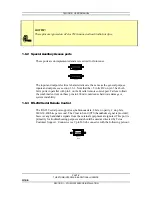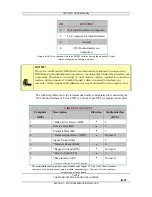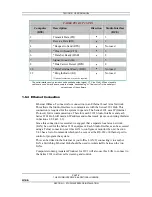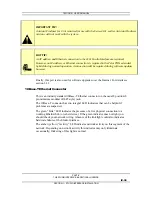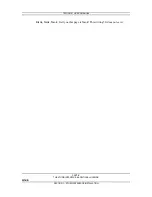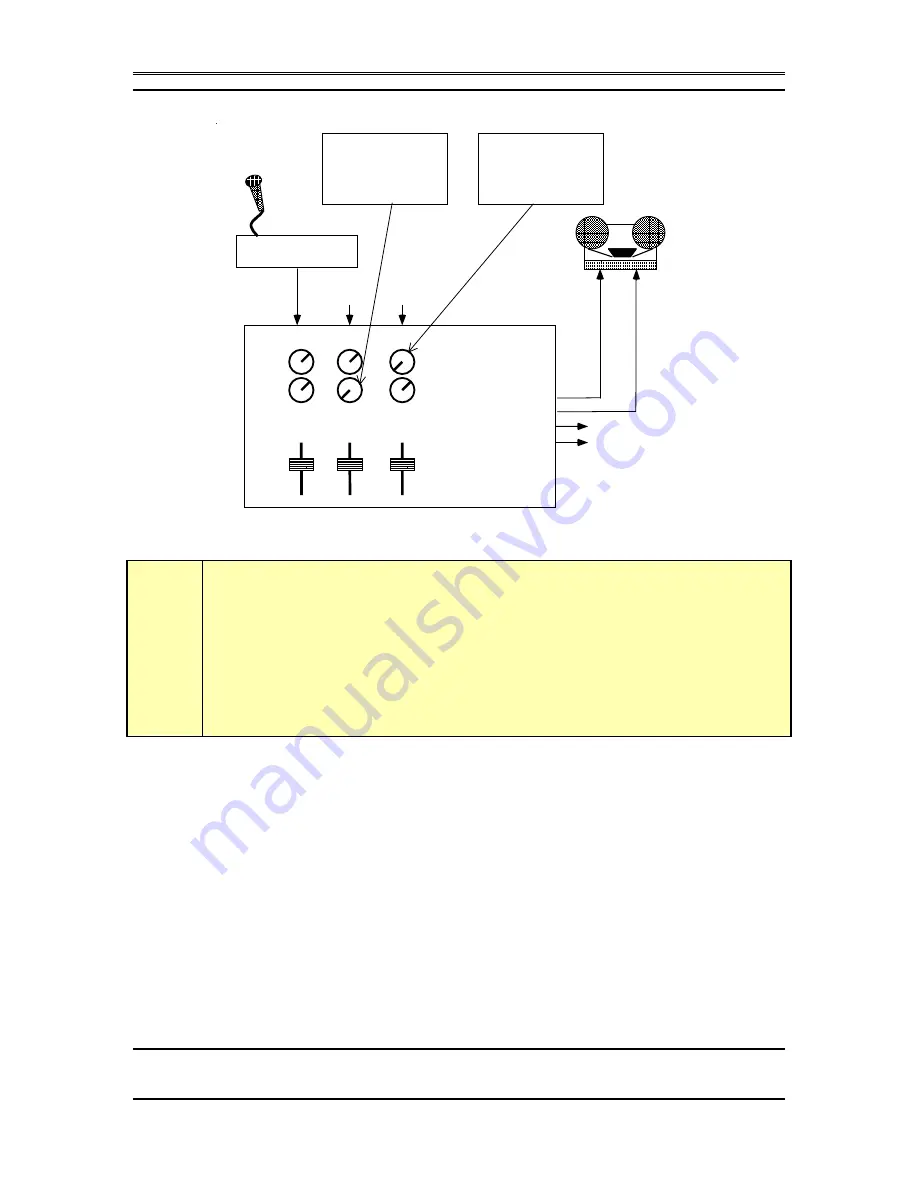
TELOS 2101 USER’S MANUAL
PART IV
THE STUDIO INTERFACE & ADDITIONAL HYBRIDS
IV-25
SECTION 1 – STUDIO INTERFACE INSTALLATION
Mic Preamp
AUX 1
AUX 2
OUTPUT
FROM
HYB #1
OUTPUT
FROM
HYB #2
LEFT OUTPUT
RI GHT OUTPUT
AUX 1 OUT
AUX 2 OUT
TO HYB #2 "IN 2"
TO HYB #1 "IN 1"
UTILITY
MIXER
Mic1
Caller1 Caller2
NOTE:
This must be turned
down or AUX 1 will no
longer be a mix-Minus
NOTE:
This must be turned
down or AUX 2 will no
longer be a mix-Minus
A simple mix-minus created using two spare busses.
h
HOT TIP!
While we are on the subject, we’ll digress here for a moment. Many hybrid installation
problems are caused by an inadvertent signal path which creates a loop from the
hybrid’s output back to it’s own input. Some consoles allow this when certain control
combinations are selected by the user. In some cases it may be as simple a mistake as
assigning the hybrid to whichever buss is feeding the hybrid. This is the first place to
look when strange or erratic performance is experienced. The quickest test is to bring
up only the hybrid in question on the board and select a line. Dial tone should not
appear on the send meter of the hybrid in question.
Phones and Remotes
When on remote, to save money and hassle, calls are usually received at the studio,
rather than at the remote site. In this situation, caller audio must be fed to the remote
talent so that they can hear and respond to callers. Moreover, the callers need to hear
the talent. In many cases, the remotes are sufficiently distant that talent cannot
monitor the station for the caller feed. Even if they could, the profanity delay would
be a problem, since the talent needs to hear the callers pre-delay.
All perceptual codecs (Such as the Zephyr Xstream) have too much delay for talent at
remote locations to hear themselves via a round-trip loop. Therefore, another mix-
minus is required to feed the codecs.
The talent hears callers via the codec return path. As before, you feed this return with
mix-minus: a mix of everything on the program bus minus the remote audio.

